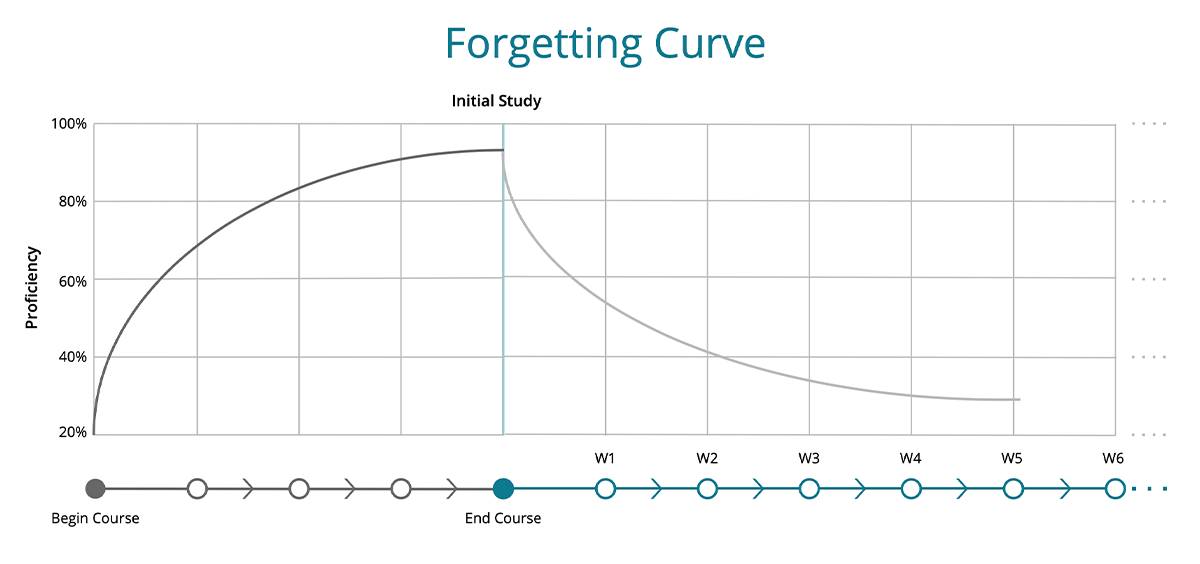Ready to Go from Training Provider to Business Partner?
The shift to remote working offers B2B training companies a huge opportunity.
You now have the chance to move beyond a one-off transactional sales model.
Pre-COVID-19 businesses employed training providers on a course-by-course basis. Now, businesses need new learning technology to help remote workforces succeed.
You’re poised to give them exactly what they need to do that — continuous online training materials.
To become an essential partner though, you’re going to have to understand how buyers are changing. Starr Conspiracy’s Brandscape Report: Talent and Learning highlighted these changes in three key markets:
- Enterprise — Buyers want flexible solutions with collaboration capabilities.
- Mid Market — This market has room for growth and a desire for innovative technology.
- Small-medium business — If learning tech isn’t solving a business problem, they’re not interested.
To meet the new needs of buyers, you’ll need more than a learning management system (LMS). You’ll need LMS integrations to fit training seamlessly into your client’s core business.
🔎 Related Reading: BenchPrep Mentioned in Top 10 Velocity Learning Brands by The Starr Conspiracy
Integrations Aren’t Optional Anymore
eLearning used to mean courses housed in an LMS. Now, buyers are looking for a learning experience.
Integrations form the heart of that experience. They’ll become a key differentiator for B2B training companies.
But, your key differentiator rests on the integrations available with your LMS.
Top 3 Integrations for Training Companies to Become a Business Partner
A CRM integration makes learning “in-the-flow” of work a reality. Imagine telling clients that their employees don't need to log into a specific training platform. Instead, their new training will magically appear in their work software. Then, employees can learn the new material during quiet moments. With microlearning, they’ll be up to speed in five-minute chunks throughout the workweek. Your clients will love the ease of training. Plus, you’re guaranteed to solve business problems with this model.
You probably already offer blended training options. But now businesses want the instructor-led portions delivered virtually. In fact, they want collaboration tools built into the learning experience. A conferencing integration will make the learning flexible. When combined with your LMS’s data analytics, your clients will also be able to zero in on unlearned skills. Then, they can use the same collaboration integration for virtual coaching and mentoring.
Now more than ever, you need to prove the value of your training program. Credentials are the gold standard for professionals. They indicate content mastery. With credentials, your clients can easily pinpoint the masters within their organizations. Plus, your verified credentials fill a core business need. Your clients will be able to see skill gaps, create career pathways, and identify internal hires. Your course is more than just skills — it’s an invaluable HR tool.
🔎 Handpicked for you: How Richardson Changed the Game for Sales Training [Case Study]
Training Delivery is the Key to Higher Revenue
Training delivery has often focused on providing course start and end dates. This division makes sense for pricing B2B instructor-led training.
Do start and end dates still make sense for online learning offerings?
Today, businesses see the value in continuous learning. They know people forget 79% of what they learn 30 days later. They know one-day training dumps often don’t result in meaningful behavioral change. They know mentorship and coaching are part of the puzzle. They just need the technological tools to make it a reality. As a training partner, you can deliver the tools they need to prove the value of training.

Continuous learning also offers the solution to smoothing out the one-off transactional course sales model. Instead, you move to a subscription-based pricing model. Not only will subscriptions ensure consistent revenue, but they’ll also deepen your partnership.
As clients use your product more often, it’ll become stickier. They’ll realize they need your data analytics to inform coaching. They’ll realize how much easier change management has become with training integrated into their CRM. Eventually, they’ll realize they can’t run their business without access to your training materials.
Even though solving business problems starts with content, it ends with training delivery. To become a true partner, you need an LMS with integrations that put your products into your clients’ day-to-day business.
Interested in new revenue models? Check out our ebook, “Dreaming of Recurring Revenue? Engage Learners Continuously.”






